Blog
5 Effective Ways to Increase Sales in Real Estate Using Virtual & Augmented Reality
“Once your mind stretches to a new level, it never goes back to its original dimension.” – APJ Abdul Kalam
That’s a very valuable saying, and it has its own dimensions. The one that concerns us is the expectation. Once your level of expectation is raised to a new level, delivering something from the preceding level will only disappoint. And the disappointment in sales is never good. With our exposure increasing at the rate of our internet speed, we can expect a momentous exposure, which comes with a momentous change in how we approach or at least judge things. Ok is not good enough, and good enough is not great, and so on. I, as a consumer, want a surprise, which is becoming extremely difficult, so I am willing to settle for thoughtfulness. At least an effort to make me, the consumers, life more convenient. This is where virtual and augmented reality can be a game-changer for the real estate market.

Some ways in which you can increase sales with virtual and augmented reality are as follows:
Give an Immersive Experience
Virtual reality creates a simulated environment which gives viewers the exposure to a more involved experience. It puts them in the scene and helps them visualize their life on the property. It appreciates the details and does justice to the hard work that goes into creating the infrastructure by allowing a more felt and in-depth scrutiny. The immersive experience helps build an emotional connection with the property, which leads to a faster sale.
Be Pro-Consumer
Time is becoming increasingly scarce as distractions become increasingly omnipresent. And it affects everything that demands a portion of that already scanty time. So, asking consumers to visit ten properties will, in many cases, face resistance. But what if we value their precious time and also consider the enormous investment they’re about to make? It will surely leave a lasting impression. With VR/AR, customers can from their home or property dealer’s office immerse themselves into touring the ten properties without having to go there. As it gives a lifelike experience, it also gives them a better idea of life in the property, making their decision more informed and simpler.
Seize Additional Opportunities
The good thing about technology is that it is flexible, and it opens doors to opportunities we didn’t consider previously. In the case of real estate, it could be third-party advertisements, product sales, etc. While in the virtual and augmented world, customers can select the furniture they want to see in the rooms. There can be options to choose furniture from different brands that have chosen to advertise with you. Customers can either pay for the demo furniture placement or purchase the furniture they liked for their home. There can be numerous adaptations and possibilities to what all you can do, all depending on how creatively you choose to think.
Make the Approach Pro-Innovation
As we progress, our conventionality is facing challenges, making us search for unconventional ways. The area is getting smaller, the population is rising, there are environmental consequences, and so much more. To counter these challenges architects, engineers have to come up with new ways that might require some convincing and compelling visualization. To make this process easier, there is virtual reality. By being able to immerse the prospects in a fresh model, architects can show the various facets of the project more accurately and impactfully. The builders can similarly show the project to their customers more effectively, making the whole process more innovation-friendly.
Be Adaptable
Flexible systems are a key differentiator in today’s world. In a world that is rapidly evolving, adaptability is an important quality to have. With a mix of virtual tours, physical tours, and an informative, easy-to-navigate website, you can create a more elastic system that adapts to the clients’ requirements, always keeping the first place. You can also create a few simple steps to finding the perfect home. Like a three-step perfect home finder, where the first step can be the filtering stage where viewers see multiple properties via VR and select a few for a physical visit, the second step will be a physical visit, and the third step, answering queries, completing formalities, etc. We have reached a stage where the question is not if virtual reality can help in sales in real estate. Obviously, it can, but what more opportunities can it open and how can you use it to enhance your services. We’d like to hear your thoughts on that. Please share what you think can be a real game-changer with VR in real estate in the comment section. Also, if you’re looking for a customized, easy-to-use VR for your project, you’ve come to the right address. Reality-Bit specializes in virtual and augmented reality development for real estate. We build custom solutions that can be deployed on your website.
